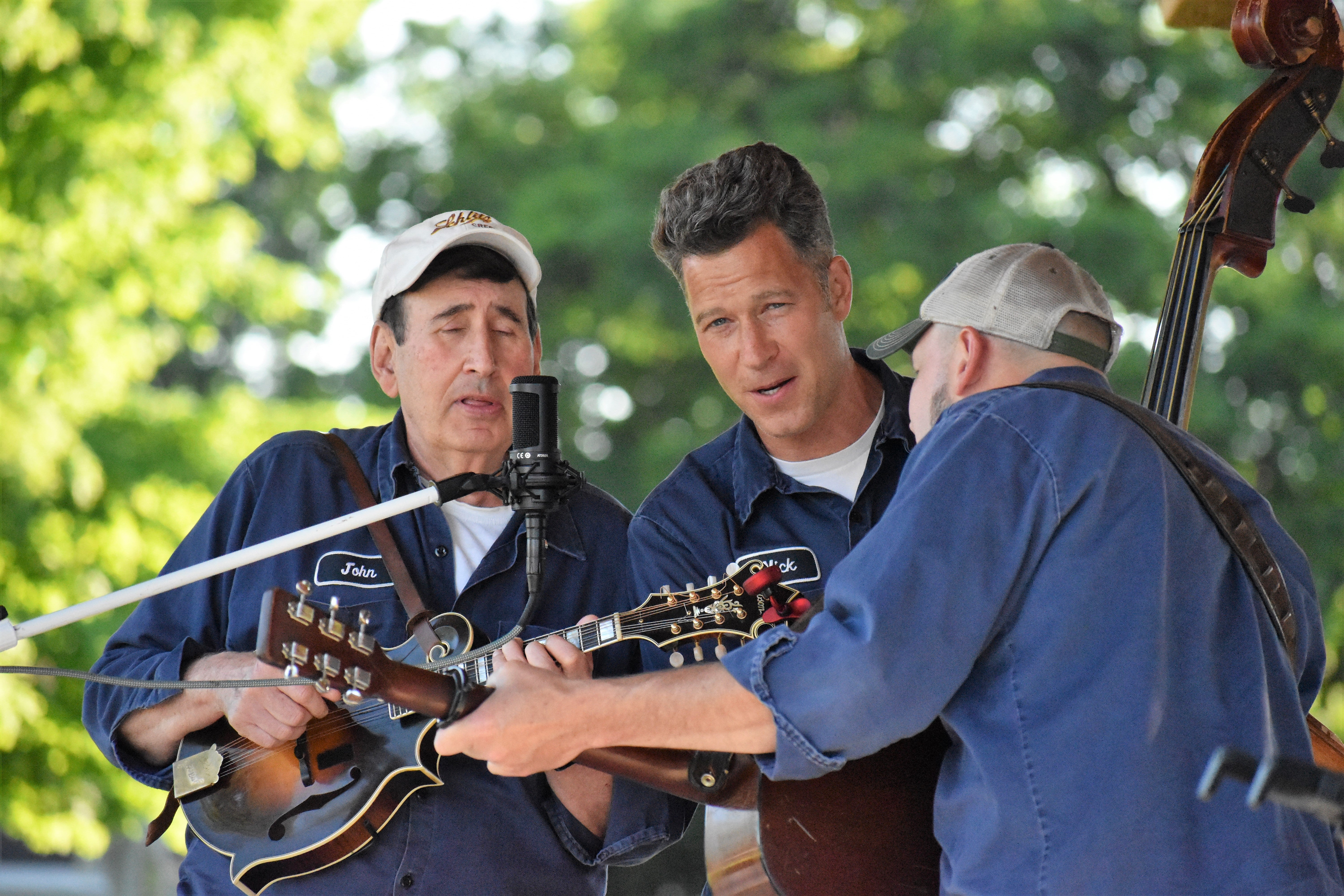Economy, state cuts hurt kids
Published 9:07 am Thursday, August 20, 2009
The state of Michigan, this week ranked 27th among the states in a new “Kids Count” report on child well-being.
Rapidly rising poverty and unemployment were the most troubling trends in the report, according to the Michigan League for Human Services, but the state apparently performed well in reducing the rates of teen deaths and high school dropouts.
The state-by-state report by the Annie E. Casey Foundation looks at 10 indicators of child well-being and ranks the states, number one being the indicator of the best.
Michigan’s overall rank of 27 puts it behind a majority of other states.
“Once again, we’re seeing the growing poverty and unemployment as the most negative trends affecting children in Michigan,” said Jane Zehnder-Merrell, a senior research associate at the Michigan League for Human Services and director of the ‘Kids Count’ in Michigan project. “This is a huge concern this year because so many of our programs aimed at helping vulnerable children are eyed for cuts to balance the state budget.”
Michigan’s worst ranking (41) was for the percent of children living in families where no parent has full-time, year-round employment.
In Michigan in 2007, 36 percent of children lived in those families, compared with 33 percent nationally. The state ranked No. 34 for the percent of children living in poverty (income below about $21,000 for two adults and two children in 2007).
Nearly one out of every five of Michigan’s 2.4 million children lived in poverty in 2007. That rate has jumped by 36 percent since 2000.
“We know that growing up in poverty has lifelong consequences,” Zehnder-Merrell said. “Programs aimed at reducing those negative consequences, such as early childhood education and family support programs, can make a huge difference in improving the trajectories of development.”
Michigan also ranked No. 33 for the infant mortality rate, though the state has seen a 10 percent improvement in its rate since 2000. The rate dropped from 8.2 to 7.4 deaths per 1,000 live births.
The state’s best ratings were for the teen death rate and percent of teens who are high school dropouts. Michigan ranked No. 11 on those two indicators, with a 14 percent improvement among the teen death rate and a 50 percent improvement in the percent of teens, ages 16-19, who are dropouts. (Teens who have completed a GED are not considered dropouts.)
Overall, Michigan improved in six areas, worsened in three and had no change in one other indicator.
Other rankings include:
Child death rate: No. 16
Teen birth rate: No. 16
Idle teens (not attending school and not working): No. 16
Percent of children in single-parent families: No. 26
Percent of low-birth weight babies: No. 29
This year’s report also looks at the importance of making decisions based on accurate and timely information, termed ‘Counting What Counts.’ The Data Book essay examines the country’s progress in tracking child well-being, measuring the impact of programs, and providing accountability.
The Michigan League for Human Services goes on to say that in Michigan, budget cuts threaten to derail some successful tracking of child well-being.
In 1994, Michigan was one of the first states to implement an immunization registry, since expanding it to include lead testing and results, well-child checkups, early developmental screenings and tracking of pandemics. Now all 50 states either have such a registry or are in the process of developing one.
The Michigan Care Improvement Registry was cut back in May by an executive order and faces more cuts in the upcoming state budget.
“We must keep in mind that these tools help our children in the most basic ways, keeping them free from life-threatening diseases and detecting hearing impairments or developmental disabilities as early as possible,” Zehnder-Merrell said.
Kids Count in Michigan is a collaboration of the Michigan League for Human Services and Michigan’s Children. It is part of a national effort to measure the well-being of children at state and local levels. The state project is supported by the Annie E. Casey Foundation of Baltimore, The Skillman Foundation of Detroit, the Blue Cross Blue Shield of Michigan Foundation, and the Michigan Association of United Ways.






